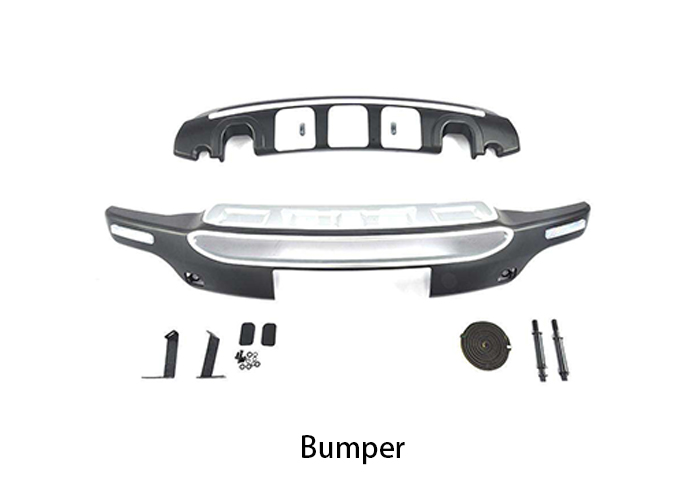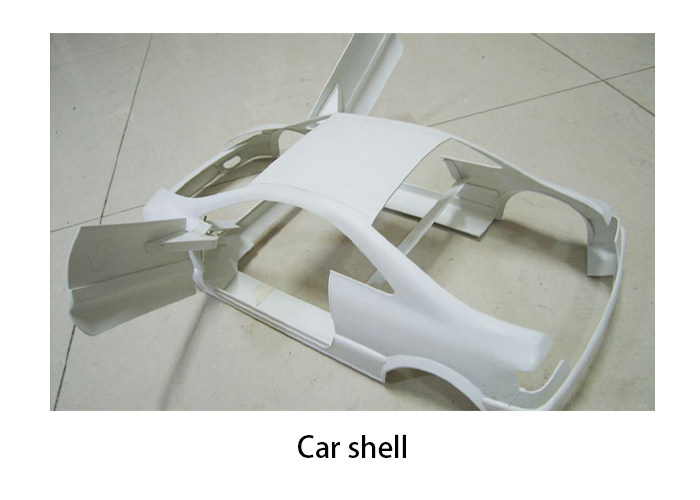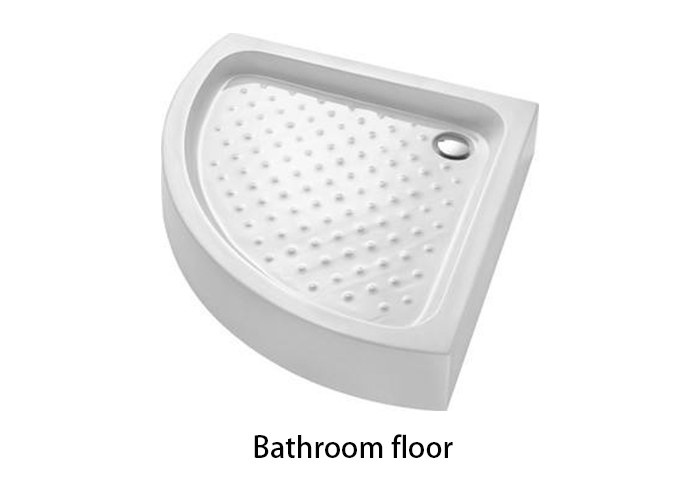
ABS Abstract
ABS Resin is one of major synthetic plastics compound. It is produced by polymerizing styrene and acrylonitrile in the presence of polybutadiene. It was first discovered in the outbreak of World War II. It has good impact resistance, heat resistance, low temperature resistance, and chemical resistance. Excellent chemical and electrical properties, easy processing, stable product size, good surface glossing etc., easy to be painted and colored, and can also be used for secondary processing such as surface metal spraying, electroplating, welding, hot pressing and bonding. , is widely used in industrial fields such as machinery, automobiles, electronic appliances, instrumentation, textiles and construction. It is a thermoplastic engineering plastic with a wide range of usage . According to its performance, ABS can be divided into fireproof grade, flame retardant grade, impact resistance grade, conductive grade, transparent grade, electroplating grade, high temperature resistant grade, etc., and processing can be divided into extrusion, injection, vacuum, blow molding , and other varieties.
Application of flame retardant ABS resin
The largest application fields of flame retardant ABS resin are automobiles, electronic appliances and building materials. The use in the automotive field includes automotive dashboards, body panels, interior trim panels, steering wheels, sound insulation panels, door locks, bumpers, ventilation ducts, and many other components. In terms of electrical appliances, it is widely used in electronic appliances such as refrigerators, televisions, washing machines, air conditioners, computers, and copiers. In terms of building materials, ABS pipes, ABS sanitary ware, and ABS decorative panels are widely used in the building materials industry. In addition, ABS is also widely used in packaging, furniture, sports and entertainment products, machinery and instrumentation industries.
Mechanical Performance of Flame Retardant ABS
Flame retardant ABS is a thermoplastic with excellent processing performance, which can be processed by general processing methods. The melt fluidity of ABS is better than PVC and PC, but worse than PE, PA and PS, similar to POM and HIPS; the flow characteristics of ABS are non-Newtonian fluids; its melt viscosity is related to processing temperature and shear rate , but is more sensitive to shear rate. ABS has good thermal stability and is not prone to degradation. ABS has a high water absorption rate and should be dried before processing. The drying conditions for general products are temperature 81~87℃, time 2~4h; for products with special requirements (such as electroplating), the drying conditions are temperature 72~86℃, time 17~18h. ABS products are prone to internal stress during processing, and the size of the internal stress can be tested by immersing in glacial acetic acid; if the stress is too large and the product is absolutely prohibited from stress cracking, it should be annealed. In the drying box for 2~4h, then cool to room temperature.
Flame retardant ABS performance has good impact strength and surface hardness in a certain temperature range, good dimensional stability, certain chemical resistance and good electrical insulation. It is opaque, generally in light ivory color, and can be made into any other color product with high gloss through coloring. The surface of the electroplating grade can be decorated by electroplating, vacuum coating, etc. General-purpose ABS is impermeable, burns slowly, and softens when burned. The flame is yellow and has black smoke. Finally, it burns and has a special smell, but no molten dripping. It can be processed by injection, extrusion and vacuum molding methods. ABS material Hygroscopic and requires drying prior to processing. The recommended drying condition is at least 2 hours at 82-91C. Material temperature should be guaranteed to be less than 0.1%. Melting temperature: 211-281C; recommended temperature: 248C. Mold temperature: 26-72C. (Mold temperature will affect the finish of plastic parts, lower temperature will result in lower finish). Injection pressure: 501-1000bar. Injection speed: medium to high speed.
|
Mechanical Properties |
Properties |
Comments |
|
Hardness, Rockwell R |
104 |
ASTM D785 |
|
Tensile Strength, Yield |
41.0 MPa |
50 mm/min; ASTM D638 |
|
Elongation at Break |
20 % |
50 mm/min; ASTM D638 |
|
Modulus of Elasticity |
2.15 GPa |
50 mm/min; ASTM D638 |
|
Flexural Yield Strength |
68.0 MPa |
50 mm/min; ASTM D790 |
|
Flexural Modulus |
2.39 GPa |
15 mm/min; ASTM D790 |
|
Izod Impact, Notched |
2.20 J/cm |
ASTM D256 |
|
|
2.50 J/cm |
ASTM D256 |
|
Electrical Properties |
Properties |
Comments |
|
Arc Resistance |
UL PLC 6 (60-120 sec) |
|
|
Comparative Tracking Index |
>= 600 V |
UL PLC 0 (>600 V) |
|
Hot Wire Ignition, HWI |
UL PLC 3 (15-30 sec) |
|
|
High Amp Arc Ignition, HAI |
UL PLC 1 (60-120 arcs) |
|
|
High Voltage Arc-Tracking Rate, HVTR |
UL PLC 1 (10-25.4 mm/min) |
Appliacation:




Name: Jerry Meng
Mobile:+86 18657312116
Tel:+86 0573-82822319
Whatsapp:+86-18657312116
Email:jerry@fulltrustplastic.com
Add:No. 100 Zhuyuan Road, Jiaxing, China